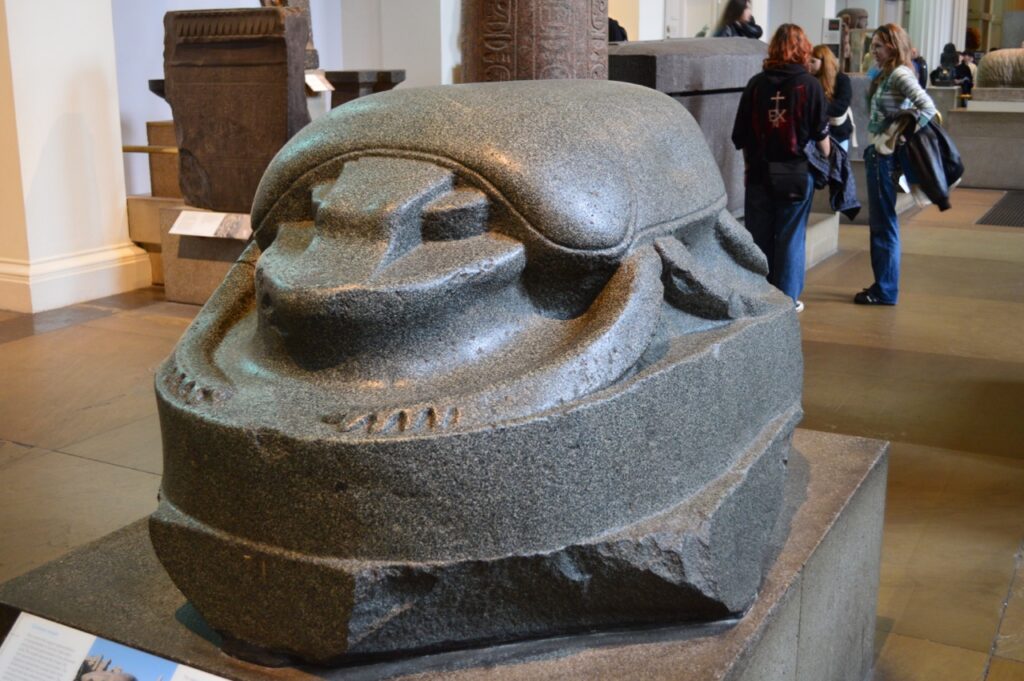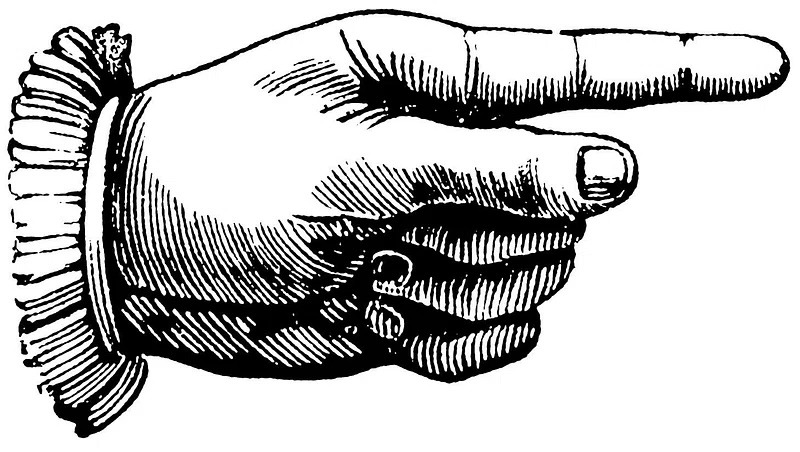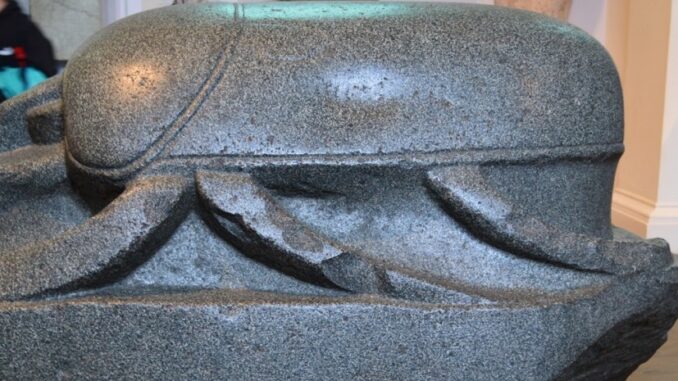
When Thomas Bruce, 7th Earl of Elgin, sold his collection of antiquities to the British Museum in 1816, the museum acquired not only his once eponymous marbles, but many other Greek and Roman artefacts, including statues, pottery, jewellery and more.
There was also a piece that was originally from Egypt, a monumental scarab from, it is thought, the 4th century BCE, bought by Elgin in Constantinople when he was the British ambassador to the Ottoman Empire.
This magnificent specimen, over 1.5m long and 90cm tall, is believed to have come from Matariya, now a suburb of Cairo, but the site of the ancient Egyptian city of Heliopolis, during the reign of Ptolemy I (the Macedonian successor to Alexander the Great, who became the first of the ‘Greek Pharaohs’ of Egypt; the Ptolemaic dynasty ended with Cleopatra).
Scarabs are dung beetles (Scarabaeus sacer), but for the ancient Egyptians they represented rebirth. The (actual) beetles use their back legs to gather large balls of dung on which they feed and in which they also lay their eggs, and from which the young beetles emerge.
Knowing little about the life cycle of the beetle, the Egyptians believed that the young had arisen spontaneously, a magical creation of life. They also looked at the balls of dung being moved by the insects and speculated that the great globe of the sun must be being rolled across the sky by some colossal, divine scarab.
Their sun-god, called Khepri, was thus pictured as a scarab beetle, and believed to be reborn every morning, his daily re-creation also reviving the earth each day with light and warmth.
Scarabs representing Khepri became associated with renewal and rebirth, and scarab amulets were widely owned as well as being regular tomb goods. Moreover, look at the artwork on Egyptian coffins and sarcophagi and you will usually see the scarab front and centre, just below an image of the goddess Nut, the protector of souls, with her wings outstretched.
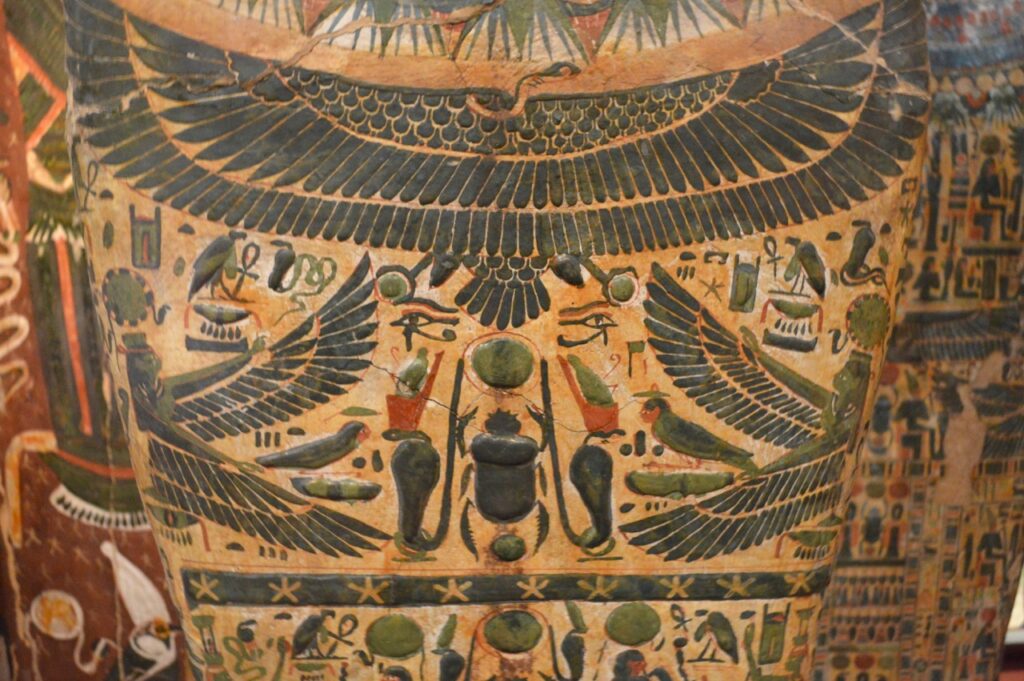
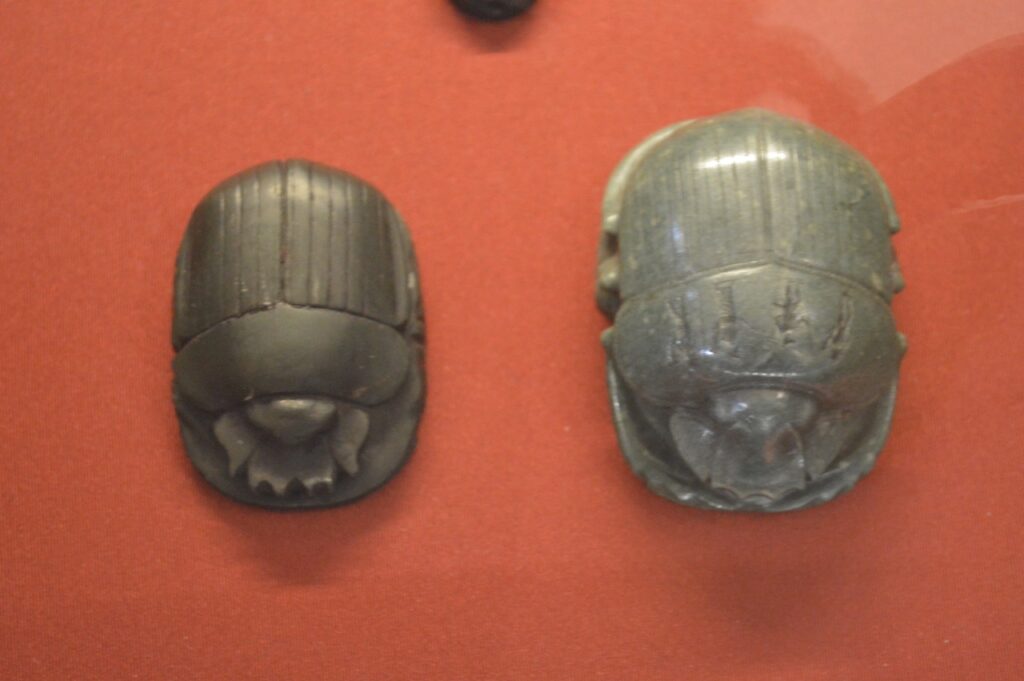
Fancy a visit to the British Museum with me? You can see availability and book a private tour via Tours by Locals here.

